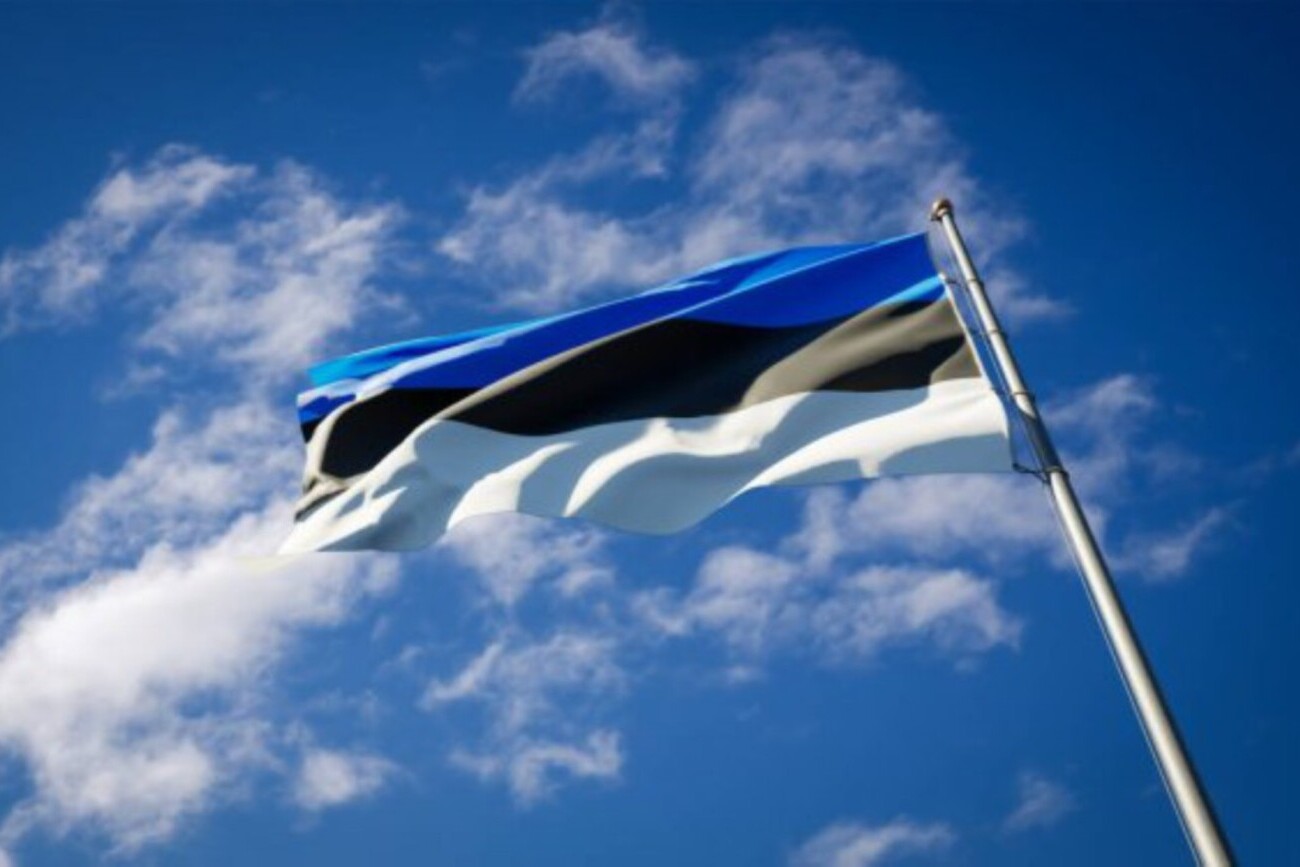The Estonian government does not engage in self-deception and fully understands that the country has all the potential to be the next victim of Putin’s aggression. They are already working on preparing for the impending challenge, and this resistance is being prepared on all fronts – from investments in the military-industrial complex to strengthening diplomatic and intelligence work.
Providing reassurance to Estonians is particularly difficult, as Putin clearly outlined his plans a few months after the full-scale attack on Ukraine in 2022 and referred to Narva as a historically Russian city. The Russians themselves call it “the most Russian city in NATO.” This Estonian city currently has a population of over 53,000. The second stage of interference in Estonia’s internal affairs was the issuing of an arrest warrant for the country’s Prime Minister Kaja Kallas for ordering the removal of memorials to Soviet soldiers.
Not too late
Estonians have already started their preparation, but everyone understands that Russia will not resort to a military strike against Estonia in the near future. There is still time, which is not just months, but rather years. However, both the US government and European governments are genuinely concerned that the challenge to NATO forces will begin with an attack on the three Baltic countries if the war in Ukraine ends favorably for Russia.
The Secretary-General of the Estonian Ministry of Foreign Affairs officially announced that these threats are not hypothetical. Russia clearly and unequivocally expresses its goals in this war: to seize the entire territory of Ukraine in order to further change the security architecture of Europe, creating a buffer zone from its western countries, thereby undermining both NATO and the EU, which are currently effectively fulfilling a security function.
Is it possible?
Unfortunately, yes: Estonia’s concerns are not unfounded. The main problems seen here include:
- Small population – about 1.4 million people;
- Large number of Russian-speaking individuals – approximately 30%.
The government admits that they are simply unable to resist the Russian army. Regarding the forces of other Alliance members, they were deployed in the Baltic countries 6 years ago, and they were reinforced after Russia’s invasion of Ukraine. Currently, there are about 5,000 NATO troops here, but this number is too small to deter a full-scale military attack. Narva and a few nearby villages in eastern Estonia are the most obvious targets for Russia’s invasion, as well as the Suwalki Corridor on the border of Poland and Lithuania. Russian-speaking regions of eastern Latvia are also considered top priority.
The key question is about the timing of when this could happen. The Estonian government believes that real risks will arise in about 2-3 years because this time is necessary for the Kremlin to fully prepare for a serious challenge from NATO and restore its military potential. The likely election of Donald Trump as President of the United States, who advocates for the separation of security issues between the US and Europe, will also be a significant factor.


